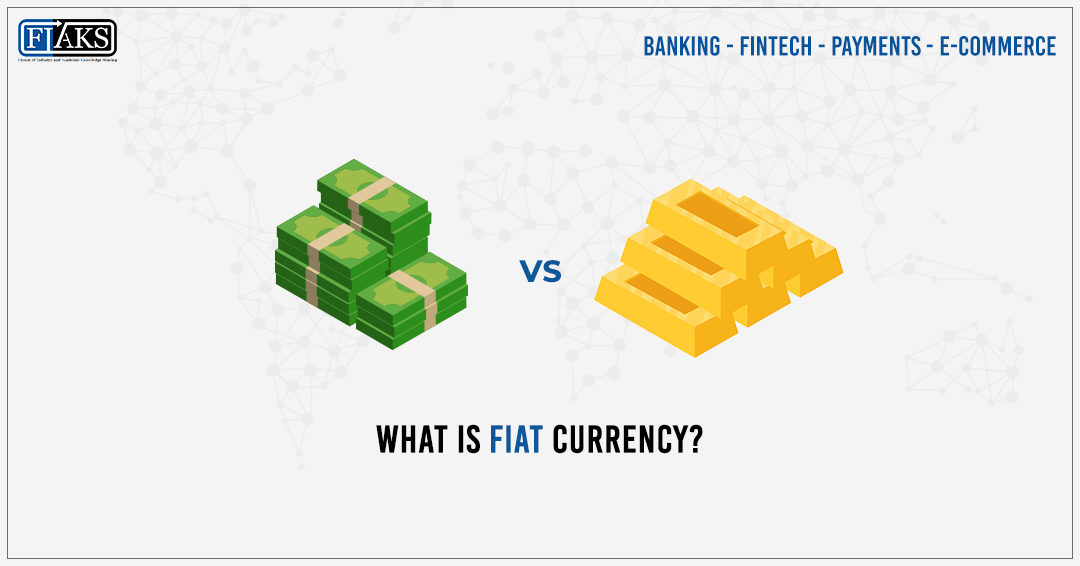Several Founders, Co-Founders, CXO Bankers, CXO Fintech professional & people who participated in the ePanel discussions:
- Mr Narayan Rao, Chief Services Officer, Suryoday Small Finance Bank
- Mr Sugata Datta. Former Advisor & Chief General Manager, Bank of India
- Pratap Ghosh, Head Liabilities Product Group, Bandhan Bank Ltd
- Mr Vikas R Panditrao, Co-Founder, Forum of Industry Academic Knowledge Sharing(FIAKS)
- Many other CEO/CXO Bankers & Fintech professionals on FIAKS Forum who preferred to remain anonymous
Currency- what is it? You already know it is a system or form of money used in a country. But did you know there are different systems of currency? Have you ever wondered how the value of money is determined? For example, how does a 10 Rupee note get its value? How is it ’10’ Rupees? Who decided what is its exchange value- what you can get in exchange for that? And how are foreign exchange rates determined? Here’s how it all works. There are 3 different types of currency:
Commodity Currency
If we look at our world’s history, we will find that before currency notes and coins came in, commodities were used as a medium of exchange. For a commodity to be a currency, it must fulfill both of these attributes:
- It must be an available and reliable commodity
- It must be highly valued in that market
The barter system was the first economic system initially. Basically, instead of money, people exchanged items of value to make payments. For example, if you wanted to buy a sack of wheat, you’d have to pay the seller in the quantity of a specific item that the seller found equal in value to the sack of wheat. As the barter system evolved, different civilizations created their own mediums of exchange, since it was obvious that the values of various commodities weren’t accurate, and there was no standardization or uniformity. Egypt had its own successful medium of exchange as wheat, for thousands of years. The Inuits used ‘Seal Oil’ as a medium of exchange. Seal oil was extremely useful for almost every task in their civilization. It was eaten as a food (edible), used as a fuel, used to waterproof wooden fishing boats and was even used as a medicine and ointment to various illnesses and injuries/wounds. Various kinds of commodities were used as currency in other civilizations, such as Knife Blades, Arrow Heads, Cowrie Shells, Cattle, Food Grains etc. These types of currency had high intrinsic value, i.e., their value was based on their usefulness. But these currencies’ success was confined to each civilization. When foreign trade began, the system turned out to be too complex to keep up with the dynamic evolution of civilizations and economies. Hence, precious metals such as gold and silver became the currency. Values of items were determined against the weights of these metals. For example, imagine you could go buy a dress with ‘X’ grams of gold. These currencies had low intrinsic value, but high perceived value. Which means, you couldn’t really use gold or silver for anything- food, fuel, or clothing- but you could use it simply for transactions, for its exchange value. This system of currency went on for centuries, but it was highly prone to fluctuation. Any time a new gold mine was discovered, the value of gold plunged, which lead to the loss of wealth and resulted in inflation. Hence, due to the evolution of demand and supply, world markets and economies, the next type of currency took over.
Commodity backed currency
Commodity backed currency, also known as representative currency, was the currency in the form of notes and coins, almost identical to what we use today, with a declaration from the respective government that the value of that currency could be exchanged for gold or silver. The United States of America used this form of currency until 1933. For example, the ‘One Silver Dollar’ note could be exchanged for one unit of silver. The ‘Ten Thousand Gold Dollar’ could be exchanged for 10,000 units of gold. Basically, this was a guarantee from the government on the worth of that currency note. This saved people from having to carry around carts of gold and silver to buy basic commodities. Also, it was much more liquid than commodity currency. Again, due to the rarity of the metals, their fluctuating nature, and globalization, most governments took up the next and current type of currency.
Fiat Currency
This is the type of currency that most countries use today. This has no backing of any commodity and its value is simply declared by the respective government. This currency is built on public confidence in the government.
Register and Read the entire discussions

